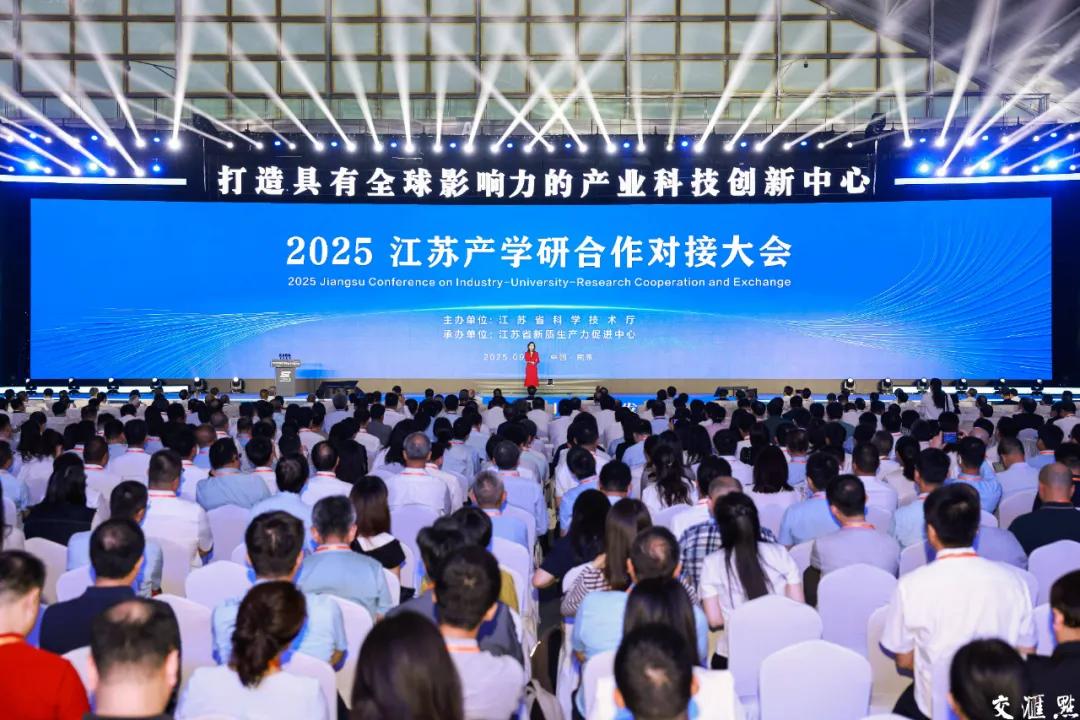
From September 11th to 12th, 2025, the Jiangsu Industry-University-Research Collaboration Conference was grandly held in Nanjing. Provincial Party Secretary Xin Changxing attended and inaugurated the event. Governor Xu Kunlin; Wu Jing, a member of the Party Leadership Group of the Ministry of Science and Technology and President of Science and Technology Daily; and He Hongping, Vice President of the Chinese Academy of Sciences (CAS) and a CAS academician, delivered speeches. Numerous industry experts, leaders from universities and research institutes, and enterprise representatives participated, discussing collaborative innovation and the transformation of scientific and technological achievements.
The Institute of Engineering Thermophysics of the Chinese Academy of Sciences and Zhongke Hefei Gasification Technology Co., Ltd. (hereinafter referred to as "ZHGAS") were invited to present at this conference. They showcased the "Technology for Producing Green Chemical Products from Biomass via Circulating Fluidized Bed Gasification" and related application outcomes in the core exhibition area.

During the conference, technical staff from ZHGAS provided detailed introductions to visitors regarding the "Technology for Producing Green Chemical Products from Biomass via Circulating Fluidized Bed Gasification." They elaborated on its development history, industrialization progress, and core value: Originating from the Institute of Engineering Thermophysics of the Chinese Academy of Sciences, this technology is grounded in the core philosophy of "resolving resource challenges and enabling low-carbon production." It employs a staged gasification process to efficiently produce syngas with ultra-low tar content under mild reaction conditions and can flexibly process various biomass feedstocks such as straw, rice husks, and forestry waste.
This technology has successfully addressed industry pain points like poor feedstock adaptability in traditional methods, difficulties in controlling high tar generation, and insufficient long-term operational stability of equipment. It also boasts advantages such as high system energy efficiency and pollutant emission levels that meet stringent environmental standards. It effectively converts low-value, often improperly disposed-of biomass waste into high-value, clean syngas suitable for precise application.
Furthermore, the technology can be flexibly adapted to various scenarios and application pathways: providing distributed solutions for the agricultural sector regarding "on-site conversion of waste into clean energy"; offering economically viable alternatives to fossil fuels for industrial users; and exploring technologically feasible paths for high-energy-consumption industries like steel to achieve "using waste to treat waste and enable a green transition." This fully unleashes the core value of biomass as a green, low-carbon carbon source.

